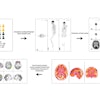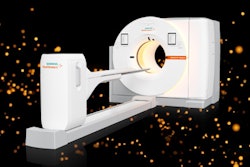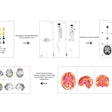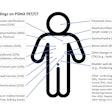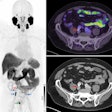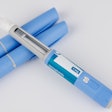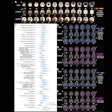Prostate-specific membrane antigen (PSMA)-PET imaging does not appear to be cost-effective for all patients with recurrent prostate cancer, but could be for selected patients, according to a study published October 24 in JAMA Network Open.
The finding is from a group at Yale University in New Haven, CT, that developed a decision-analytic model to estimate lifetime cost outcomes associated with PSMA-PET compared with conventional CT and bone scintigraphy.
“While the use of PSMA-PET for all patients with recurrent prostate cancer should currently not be considered cost-effective, personalizing decision-making about imaging, such as favoring PSMA-PET among patients with lower PSA distributions in whom salvage therapies may be curative, could represent a cost-effective strategy,” noted lead author Natalia Kunst, PhD, and colleagues.
Increasing use of PSMA-PET imaging in prostate cancer is expected to alter trajectories of disease management in most patients with biochemical recurrence (BCR), yet high-level evidence addressing clinical outcomes associated with its use in clinical practice is lacking, the authors explained.
Using a decision-analytic model they developed in an earlier study, the group simulated lifetime health and cost outcomes for 1,000 men who had undergone surgery or radiation and then developed BCR. BCR was defined as a persistent or increasing PSA level of 0.2 ng/mL after prostatectomy or a level of 2 ng/mL or greater after radiation therapy.
The simulation included three alternative diagnostic imaging strategies: up-front PSMA-PET without conventional imaging, PSMA-PET imaging as a reflex test if conventional imaging is negative or equivocal, and conventional imaging alone.
According to the results, PSMA-PET was expected to identify substantially more patients with metastatic disease, with associated increases in the initiation of systemic therapy. As a consequence, PSMA-PET was expected to increase lifetime quality-adjusted life-years (QALYs): 7.12 compared with 6.55 QALYs for conventional imaging.
However, PSMA-PET was expected to cost $99,000 more than conventional imaging. Thus, while providing an additional 0.58 QALYs, the cost per QALY would be $172,000, which was above an assumed $150,000/QALY willingness-to-pay threshold, according to the analysis.
Finally, at the lower PSA level of 0.2 ng/mL, PSMA-PET cost $61,000 more than conventional imaging and provided an additional 0.54 QALYs for a cost of $113,000 per QALY and thus could be considered cost-effective with the assumed willingness-to-pay threshold.
“This study found that PSMA-PET may be associated with improved disease detection but may not be cost-effective due to high treatment costs offsetting moderate improvements in QALYs,” the group wrote.
Further research is needed to identify patient subsets and clinical scenarios in which molecular imaging provides the greatest value, the researchers concluded.
The full study is available here.




